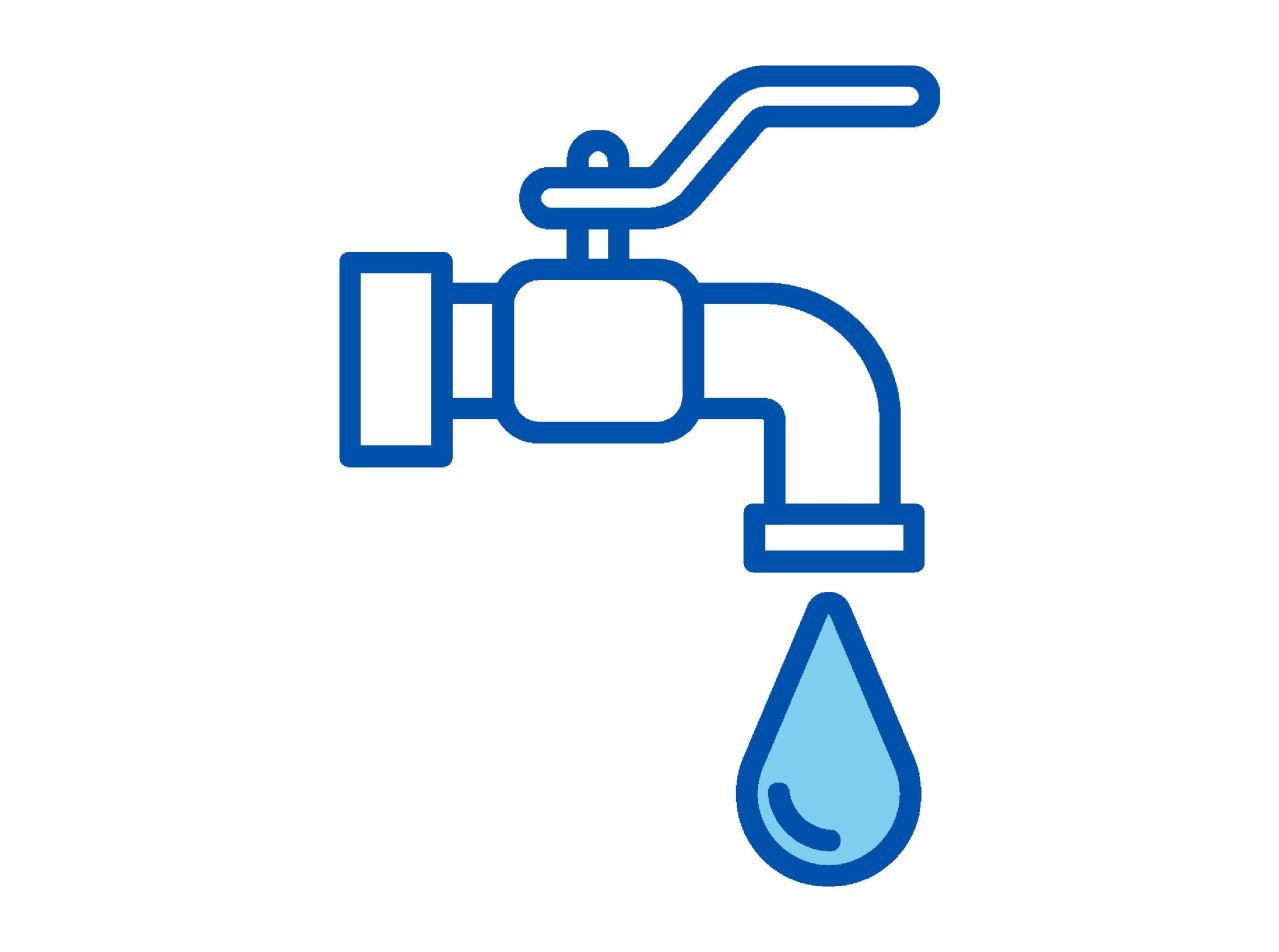
Society & Critical Infrastructure
Society & Critical Infrastructure
We examine the governance and management of essential infrastructure– like drinking water, wastewater and stormwater– to understand how governments, individuals and organizations that manage infrastructure, and communities that rely on these services interact, navigate risk and change, and build resilience or transform over time.
- On this Page
- Drinking Water & Rates
- Governance & Change
Drinking Water, Water Rates and Rate Setting
We focus on understanding how water systems navigate and manage risk, and build resilience (or not), and transparency in water rate setting and the characteristics of communities with more/less resilient/transparent drinking water systems.

Curious About These Issues? So Are We.
-
How do water systems make decisions?
-
What determines the cost of water?
-
Does the public have a role to play in water rate setting?
-
What explains why some water systems are more resilient than others?
Research Spotlight

Understanding the Cost of Basic Drinking Water Services in the U.S.: A national assessment.
Our national assessment provides new insight into how and why the cost of water services varies in the U.S., helping illuminate important areas for future research and priorities for policymakers.
Hughes S, Kirchhoff CJ, Lee M, Switzer D. 2025. Understanding the Cost of Basic Drinking Water Services in the U.S.: A national assessment. AWWA Water Science, 7:e70014. Doi: 10.1002/aws2.70014
Keep Reading—There’s More to Discover
-
A New Database for Municipal Drinking Water Systems.
Governance, Organizational Learning, and Change
We examine the governance and management of essential infrastructure– like drinking water, wastewater and stormwater– to understand how these organizations learn, adapt and build resilience or transform, and how governments, infrastructure managers, and communities interact to support or inhibit change processes.

Curious About These Issues? So Are We.
-
How do governments respond to novel challenges? Do past relationships and processes open up or constrain innovation?
-
How does research collaboration support organizational change and/or infrastructure resilience?
-
What ingredients are important to support transformative change?
-
What role does embedded expertise play in driving organizational/institutional change?
Research Spotlight
Transforming takes a village plus a willingness to break down barriers and learn: An event history study of transformation and resilience in critical infrastructure
Our study looks at how Rhode Island’s public wastewater systems have been working to adapt to climate change since 2010. We interviewed utility and city staff to understand what changes were made over time and what helped—or held back—bigger, long-term improvements. We found that real transformation happens when organizations value learning and change, have strong support (like stable funding and forward-thinking partners), and get buy-in from all levels of government. Interestingly, just experiencing a climate-related disruption didn’t lead to major changes—what mattered more was the culture and support behind the decisions.
Bizer M, Kirchhoff CJ, Segal JL, Patenaude, WL. 2025. Transforming takes a village plus a willingness to break down barriers and learn: an event history of transformation and resilience in critical infrastructure. Journal of Environmental Management, 380. https://doi.org/10.1016/j.jenvman.2025.124980
Keep Reading—There’s More to Discover
- State ‘Pandemic Pods’: US regional coalitions and their responses to the COVID-19 pandemic. In: Risk, Hazards & Crisis in Public Policy
- Stalled: using event history methods to understand when efforts to build resilience and transform critical infrastructure succeed or fail. In: Global Environmental Change.


